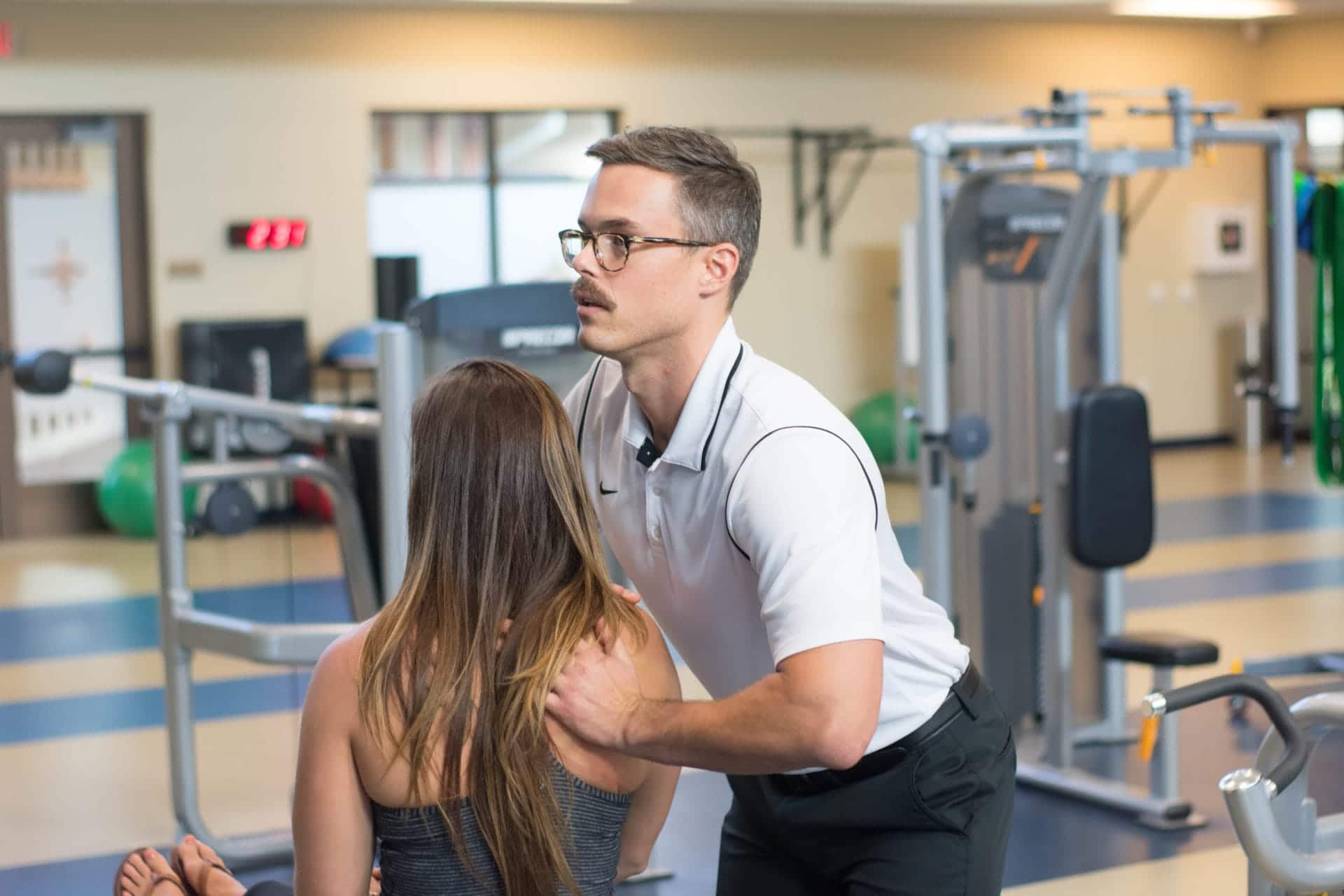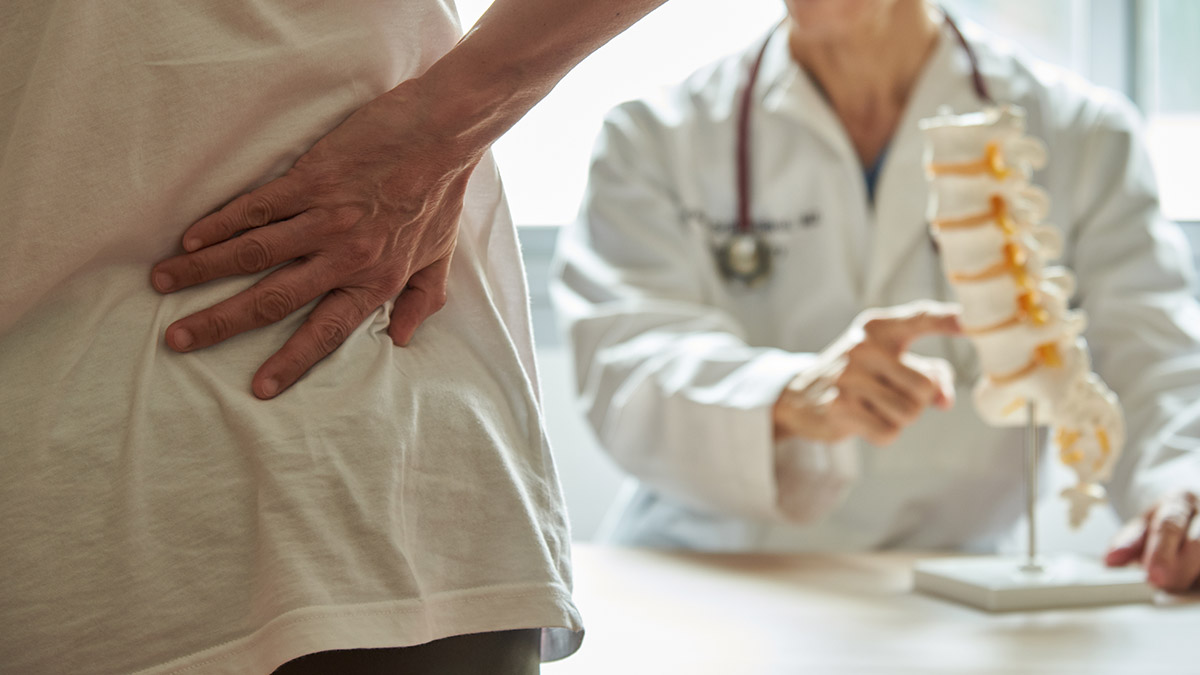

By: Adrian Blotner
Chronic pain conditions impact the lives of an estimated 50 million individuals in the United States today. A significant number of individuals requiring addiction treatment suffer from chronic pain conditions, presenting a particular challenge for these individuals as well as the addiction medicine multidisciplinary treatment team. Knowing how to manage pain in addicted patients is essential in providing a successful outcome for recovery. Healthcare providers sometimes prescribe long-term narcotic pain medication (opiates) for those who suffer from chronic pain, with goals of reducing physical pain and improving functioning. For those individuals who rapidly develop high tolerance to pain medication, benefits decrease and side effects become more severe as narcotic pain medication (opiate) dosages are increased. In this sense, “addiction” can be thought of as a potential side effect of narcotic pain medication (opiates). Unhealthy behaviors that occur in some individuals while taking narcotic pain medication (opiates) indicate a risk that the individual may require addiction treatment. Some of these unhealthy behaviors that raise concerns that the individual is in need of addiction treatment include:
- Involvement in motor vehicle accident(s);
- Unauthorized dosage escalations (especially if this occurs repeatedly);
- Unauthorized attempt to obtain pain medication from more than 1 prescriber;
- Aggressive complaining about need for pain medication higher doses;
- Unauthorized use of pain medication to treat non-pain symptoms (mood, anxiety, sleep);
- Borrowing, buying, or stealing pain medication from “friends” or family
- Recurrent complaints of lost or stolen pain medication;
- Concurrent use of illegal drugs.
Adrian Blotner, MD, is board certified in both psychiatry and pain medicine. He joined the medical team at Lakeview Health in September 2016 specifically to enhance treatment options in that field. Dr. Blotner specializes in the treatment of chronic pain, mood, anxiety and sleep disorders with non-habit-forming medications, healthy physical activity, and stress management / lifestyle adjustment to improve functioning, reduce physical pain, and reduce the emotional suffering that frequently accompanies chronic pain. When increased dosage of narcotic pain medication (opiate) does not result in significant benefits reduction of pain severity and improved level of functioning, then the treatment should be changed. Patients routinely report that they are feeling better and functioning better when new and more effective treatments are introduced, followed by gradual reduction and discontinuation of the ineffective narcotic pain medication (opiate) treatment. In this situation, Dr. Blotner refers to the narcotic pain medication as a “treatment failure,” the term that healthcare providers routinely use to indicate any medical treatment that does not result in the intended benefits, or whose side effects are doing significant harm. Dr. Blotner favors a three-pronged treatment approach including:
- healthy physical activity that does not worsen the pain condition;
- non-habit-forming medications that treat the nerves that transmit the pain, and
- stress management and lifestyle adjustment to facilitate increased functioning in important life roles, such as parent, spouse, social, occupational, and leisure activities.
“Addiction professionals have always had to deal with co-occurring pain issues in some patients in need of addiction treatment,” he says. “But we haven’t always had the specialty expertise and multi-modal treatment approach that are available now.” At Lakeview, the process begins with a careful assessment of the cause(s) and type(s) of pain the person has been enduring. Where does it hurt? Is the pain consistent or intermittent? Blotner uses the familiar 11-point numeric pain scale (NRS 11)—with 0 representing “no pain” and 10 representing the “worst pain imaginable.” This scale is a tool for the individual to communicate to the prescriber whether their pain today is better, worse, or unchanged with the current treatment plan. “We always monitor for benefits vs. adverse effects of the individual’s personalized multi-modal treatment plan, making adjustments accordingly. The first rule is to ‘do no harm,” Blotner says. Dr. Blotner also emphasizes the importance of the relationship between pain and stress. “Most people are familiar with the idea that stress can cause ‘real’ physical discomfort and ‘real’ pain, such as a headache, even in the absence of a physical injury or disease as a direct cause. For those who suffer from chronic pain that has an identifiable physical cause, stress ‘pours gasoline on the fire’ of chronic pain,” Blotner says. “Even though stress may not be the main underlying cause of their pain (the ‘fire’), stress (the ‘gasoline’) makes the pain worse, and more resistant to respond to treatment. Neuroscience shows that pain pathways terminate in areas of the brain responsible for anxiety, mood, sleep, energy, and irritability. All of those emotions are affected by pain and, of course, pain affects those emotions,” warns Blotner. “It can easily turn into a vicious cycle of physical pain and emotional suffering, different types of suffering that affect each other. People with substance use disorders have a predisposition to use addictive substances to relieve their emotional suffering, and it’s only natural that they have a tendency to do that for physical pain as well.” Based on physical exam and diagnostic testing, part of the treatment plan includes an individualized, healthy physical activity regimen to strengthen the body, especially the structure around the body parts that cause the physical pain. Dr. Blotner uses the term “healthy physical activity” in order to indicate that the activity must not worsen the underlying cause of the pain, resulting in an actual reduction in pain, when practiced on a regular basis. “The Lakeview treatment team includes certified personal trainers who have experience working with individuals who suffer from a variety of chronic pain conditions. For those who need additional care, we consult with our Pain Management specialty physicians.” Examples of physical activities that, if performed properly, are healthy for many of those who suffer from chronic pain conditions include walking, stretching, yoga and swimming. As part of an individualized multi-modal treatment plan, non-habit-forming medications that target the nerves that transmit the pain are gradually added. As these become effective, habit-forming medications and other addictive substances are gradually reduced. When properly selected, these non-habit-forming medications have been shown to be effective for chronic pain, and maintain pain reduction once the appropriate dose is achieved. Once medication transitions are achieved, those who suffer from both addiction and chronic pain are routinely surprised at how much better they can feel physically as well as emotionally. One major challenge is to select non-habit-forming medications that are both effective and lack significant side effects. Another major challenge is to minimize discomfort during the transition, as new medications are introduced while habit-forming medications and substances are gradually reduced. Finally, individuals learn techniques to reduce the adverse impact of stress on their mind and body. It is important that individuals begin to experience more pleasure and fulfillment from healthy relationships, social activities, hobbies and other leisure activities, instead of relying on habit-forming medications and addictive substances to reduce their emotional suffering. Healthy lifestyle changes often include reconnecting with family, friends, and activities that were a source of pleasure and fulfillment in the past, prior to the worsening of the adverse effects of habit-forming medication and addictive substances. This comprehensive treatment approach facilitates the ability of those who suffer from chronic pain to break the dependency on habit-forming medications and addictive substances, and to improve their functioning in those life roles that are they value most—as parent, spouse, friend, and participant in leisure activities that are sources of pleasure and fulfillment. Lakeview Health now offers pain recovery solutions that are designed to help patients recover from chronic pain without the use of addictive substances.





